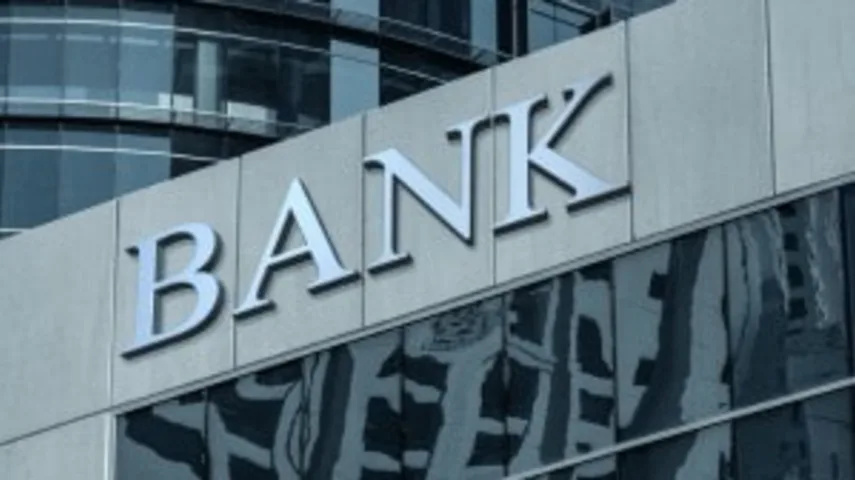Challenges ahead for Big Four banks



The Big Four banks have reported combined cash earnings of $28.5 billion but signs are pointing towards challenging conditions, according to EY and KPMG.
The majors reported a combined cash profit after tax from continuing operations of $28.5 billion for the year, an increase of 7.2% on FY21 and an increase of 65% on FY20.
The firms said the banks were handling the combined challenges of uncertain global economic environment, potential for future loan losses, inflationary pressures and the impact of rising rates on loan payments.
Although banks had embarked on cost-cutting measures and simplification initiatives, their costs were unlikely to fall further given wage and cost inflation pressures. All of the major banks have signalled that their cost targets would be either adjusted or abandoned as these inflationary pressures continued.
There was also the technology investment needed for the customer experience and productivity improvements to support growth strategies.
Instead, they would need a cost transformation approach that could eliminate complexity and drive operating effectiveness in process, data, systems and controls.
Doug Nixon, EY Oceania Banking and Capital Markets Leader said: “The resilient 2022 full year performance from Australia’s major banks’ finds them in a strong position to navigate the path ahead. Those that can successfully manage the margin opportunities from rising interest rates have an opportunity to capture the upside in a highly competitive domestic market.
“In this challenging operating environment, banks need a new cost transformation approach more than ever, one that can eliminate complexity and drive operating effectiveness in process, data, systems and controls. While tactical and incremental cost reduction still has its place, banks will need to become more strategic in their overall cost transformation journeys,” Nixon said.
KPMG banking partner, Maria Trinci, added: “What will prove interesting is how the costs will play out, with inflation putting further pressure on the pace of transformation. With the backdrop of a tight labour market, competition for skilled resources will place pressure on staff costs as banks respond to attract and retain the right skill sets”.
Recommended for you
LGT Wealth Management is maintaining a neutral stance on US equities going into 2026 as it is worried whether the hype around AI euphoria will continue.
Tyndall Asset Management is to close down the Tyndall brand and launch a newly-branded affiliate following a “material change” to its client base.
First Sentier has launched its second active ETF, offering advisers an ETF version of its Ex-20 Australian Share strategy.
BlackRock has revealed that its iShares bitcoin ETF suite has now become the firm’s most profitable product line following the launch of its Australian bitcoin ETF last month.












